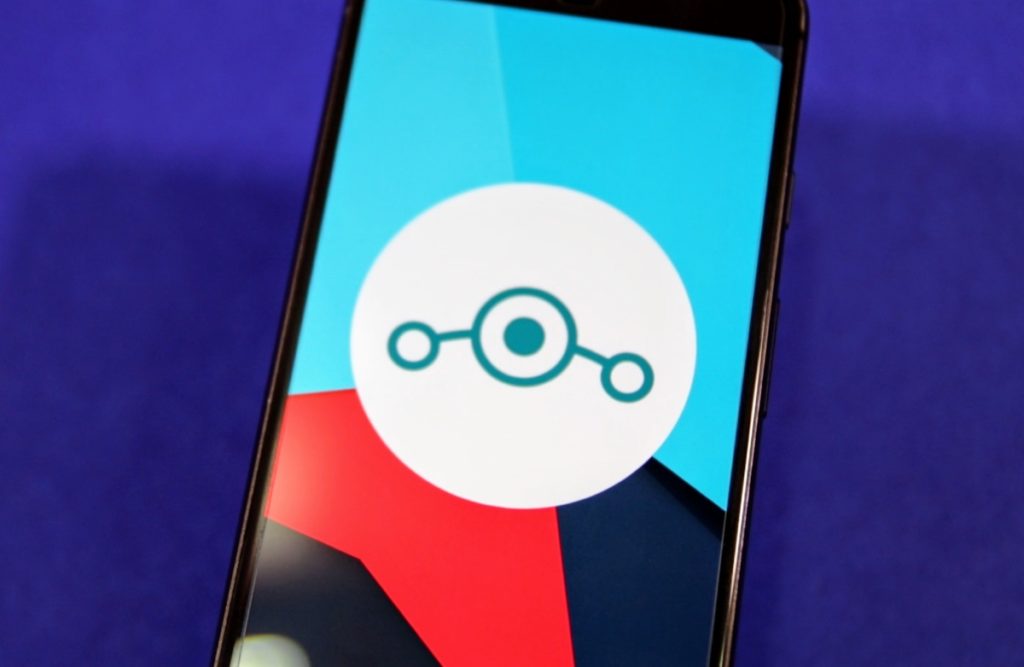After showering some love on CyanogenMod, I would like to bring the attention of our readers to another custom ROM – Paranoid Android a.k.a PA. While PA might not be as popular as CyanogenMod, it still ranks among the most popular custom ROMs out there.
Paranoid Android cannot be compared to CyanogenMod or any other custom ROM. It is unique in its own way, and the developers behind the ROM need to be appreciated for introducing three unique and major features to the Android community – Per App DPI, PIE and HALO. Both these features were first introduced in Paranoid Android, and helped made the ROM popular, before it was kanged by other developers.
Per App DPI Mode
HALO and PIE mode are not the only stellar features that Paranoid Android has under its sleeve. It has another feature that feature which it introduced into the Android custom ROM scene – Per app DPI mode.
Android devices have a particular screen software density according to which every app scales and displays contents on the screen. Changing the density will allow you to display more or less information on your screen. It is like the screen resolution of your Android device has been upgraded, without the hardware actually being upgraded. While most ROMs allow you to change this DPI, Paranoid Android allows you to change this density on a per app basis! This means that you can use an app in tablet mode, while using others in phone mode, or a hybrid of both. For example, you can open the Settings menu in tablet mode with a dual-pane layout, which can come in handy if your Android device has a huge screen.
PA also allows you to change the DPI of the SystemUI, which means you can integrate the notification bar and the status bar into one, as seen on the Honeycomb devices.
Taking this feature a step ahead, Paranoid Android allows the navigation bar to change its colors depending on the app you open. For example, if you open the Facebook app, the navigation bar and the status bar will automatically change their colors according to the color scheme of the FB app.
PIE Mode
The concept of PIE launcher is not really unique, and many argue that it was stolen from LMT launcher. Anyways, since PIE is integrated into the Android system framework itself, it has certain advantages.
In a nutshell, PIE mode hides the navigation bar, on available devices, along with the status bar. It then provides on-screen navigation buttons when swiped from the left or right, or any other specified edge of the screen, which also act as a status bar. You can customize the PIE launcher in nearly every aspect including its size, adding additional buttons, colors, the content it displays and much more.
Below is a video of PIE mode in action on a Nexus 4 -:
http://youtu.be/1F7l4d3bjFM
HALO
HALO is the latest and greatest feature from the Paranoid Android team. Again, this concept is not original and was first seen in Facebook Messenger as Chat Heads. Below is a video of Chat Heads from Facebook Messenger in action -:
The Paranoid Android team after months of hard work managed to implement a similar functionality right into Android. The HALO feature, is exactly like Facebook’s Chat Head, but works across all notifications from all system as well as third-party apps. HALO truly brings a new and unique experience and shows the power of custom ROMs and the advantage of Android being open source can do.
Conclusion
The above features pretty much sum up why Paranoid Android is so popular among the Android community, and why it has a loyal user following. The Paranoid Android team has brought some really unique and ground breaking features to Android, for which it deserves due credit. Apart from all the above features, Paranoid Android packs all the usual features that are generally included in custom ROMs including lock screen shortcuts, quick shortcuts etc.
Have you tried Paranoid Android? Let me know which one is your favorite feature in the comments below.









